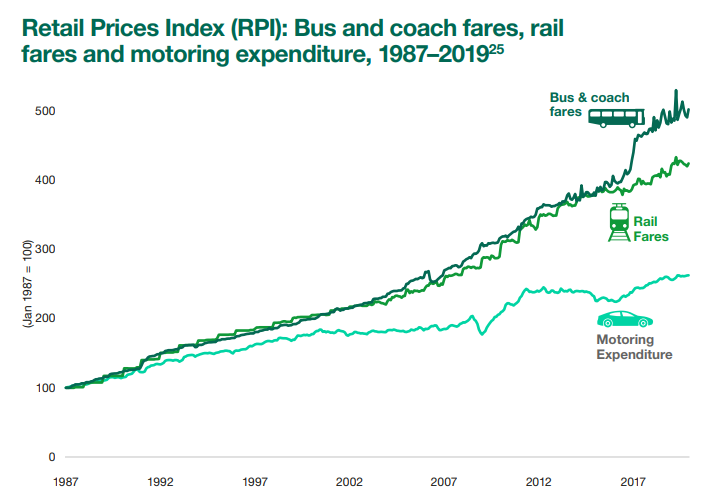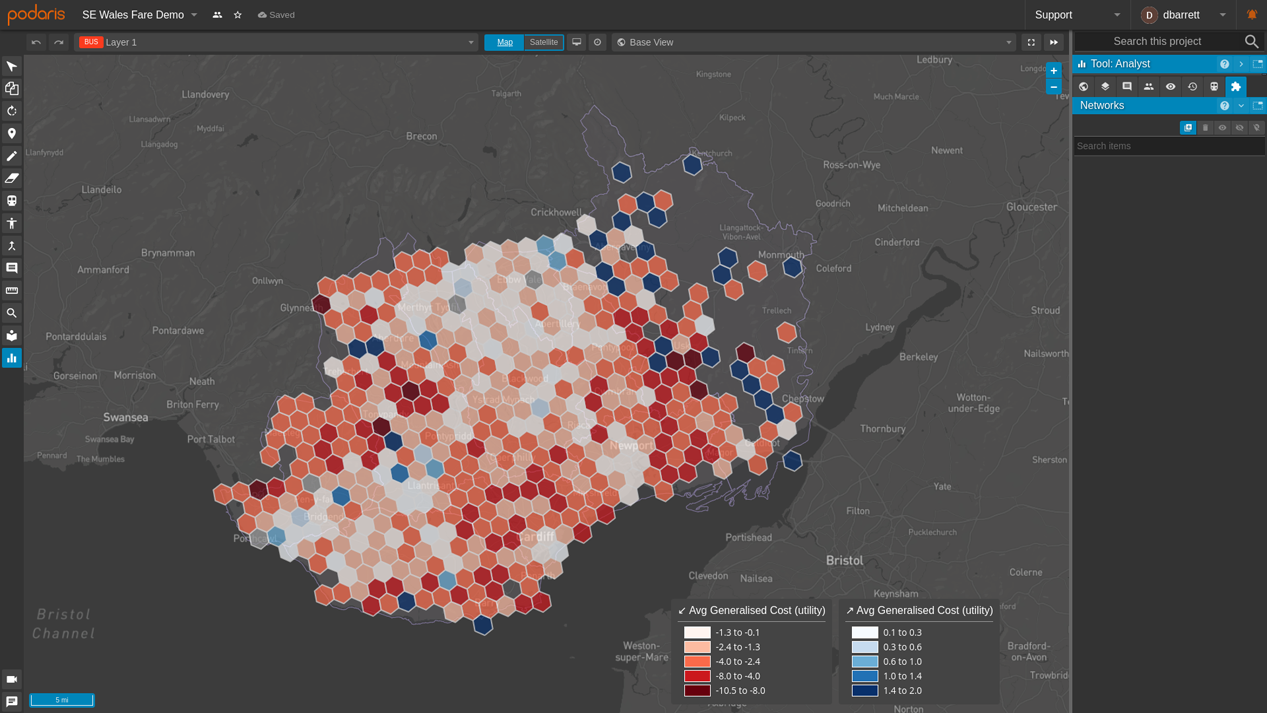In the introduction to the UK's National Bus Strategy (NBS), the prime minister outlined his vision for “simple, cheap flat fares that you can pay with a contactless card, with daily and weekly price capping across operators, rail and tram too”.
Prior to COVID-19, the vast majority of local bus services in England had been run, and fares set by private sector bus operators. In the previous article in our NBS series, we have discussed bus planning in a multimodal context, and the requirement for joined-up fare strategies that allow passengers to make journeys that incorporate multiple modes on a single ticket.
With the NBS’ commitment to establishing Enhanced Partnerships between operators and Local Transport Authorities (LTAs), new opportunities now exist for multi-operator ticketing and the development of innovative fare strategies. Indeed, a key requirement for all Bus Service Improvement Plans (BSIPs) is that they set out plans and costs for fares, ticketing and modal integration. Ultimately, LTAs will be expected to “work across transport modes towards enabling a multi-modal ticketing scheme”.
Since 1987, average bus fares have risen by 403%, significantly more than both rail fares and motoring costs. If the NBS is to succeed in making buses an attractive proposition over travel by car, fares must be lower, and simpler. The NBS calls on LTAs to consider well-priced and simplified fares as an investment in town centres, in social inclusion and as part of a green initiative.

From youth fare initiatives in Merseyside, to the multimodal SWIFT scheme in the West Midlands, the NBS highlights a number of successful strategies for increasing patronage. In many cases, however, fare strategy is only given cursory consideration during network design. At most, fares are applied as a constraint in the process but are more often than not an afterthought.
A key expectation of BSIPs is to see simplified, multi-operator tickets and price caps on contactless debit and credit cards. The NBS notes that London is unique in providing a solution to contactless payment of capped daily and weekly fares across multiple modes. It's this kind of simplified approach to travel, by means such as better through ticketing, that will encourage passengers to embrace buses as a viable and attractive aspect of their journey planning.
Podaris for Fare Strategy Modelling
Fare modelling is often a complicated and laborious affair, for all but the most simple cases. Spreadsheets are the usual tool of choice, but even simple strategies may require a range of models. There are many different elements which should be considered:
- The fare strategy itself.
- Other Travel-Demand Management (TDM) strategies which may be in place or under consideration (such as congestion pricing).
- The design of the network or service, including connections with other modes and services.
- The passenger demand which results from a given fare strategy and network/service.
- The costs and revenue associated with a particular fare strategy, ridership, and network design/service.
- The accessibility benefits and interactions with land use, given all of the above.
In practice, each of these considerations is often modelled using a different application – from spreadsheets to simulation tools to Land Use/Transport Interaction (LUTI) models – and it may be cumbersome or even impossible to create effective feedback loops between these models. The result is that a given fare strategy may be a poor fit for the actual design of the network – or vice versa – or that neither the network design nor the fare strategy are optimised with respect to intended TDM or land-use policies.
Podaris’ approach is to facilitate rapid feedback loops by empowering users to develop fare strategies, multi-modal network design, demand models, and land-use models – all within the same model. Each of these models may be the domain of different individuals or agencies, but Podaris’ collaboration features make it easy for them to work together. This solves the problem of quickly exploring the relative benefits of different fare strategies – not against a static background of network design, TDM strategies, and land-use policy, but in dynamic dialogue with all of those other forces.
Of course in practice, not all of those other considerations may be able to flexibly engage with the development of a fare strategy. But even as a standalone exercise, Podaris’ easy-to-use interface, combined with an agent-based simulation tool that can give feedback about mode choice within minutes, still makes it an ideal tool for developing fare strategies.
How Does It Work?

Within Podaris, arbitrary generalised costs can be applied using flexible rules. These generalised costs can then be used to quickly define a range of different fares, from simple single ticketing to zonal pricing.
These simulations can be performed in minutes, and are interactively explorable, allowing you to quickly compare and benchmark strategies. Results can be analysed in aggregate or at an individual level. For instance, you can estimate revenue for the network or an operator or see how travel costs will be impacted for a particular resident or administrative area. Podaris is currently being used to test and explore fare structures such as:
- Simplified cost increases/decreases on an operator level
- Flat fares
- Zonal pricing
- Hopper fares
In past articles we've explored Podaris’ capability for high-level operational cost modelling, and how easily cost units related to routes, vehicles, operators and trips can be inputted for automatic analysis of the costs associated with networks, operators and routes for any given day, date or time-period.
With this kind of integrated cost modelling (expansible through an API that allows for syncronised calculations to be performed programmatically outside of Podaris for more complex modelling), LTAs and operators can easily understand the benefits of different fare options as they relate to their network design proposals.
To see Podaris in action and talk to us about how we can assist in the development of Bus Service Improvement Plans, reach out and schedule a demo now!
You can catch up with parts I and II of our National Bus Strategy focused series here:
I. Podaris & The National Bus Strategy